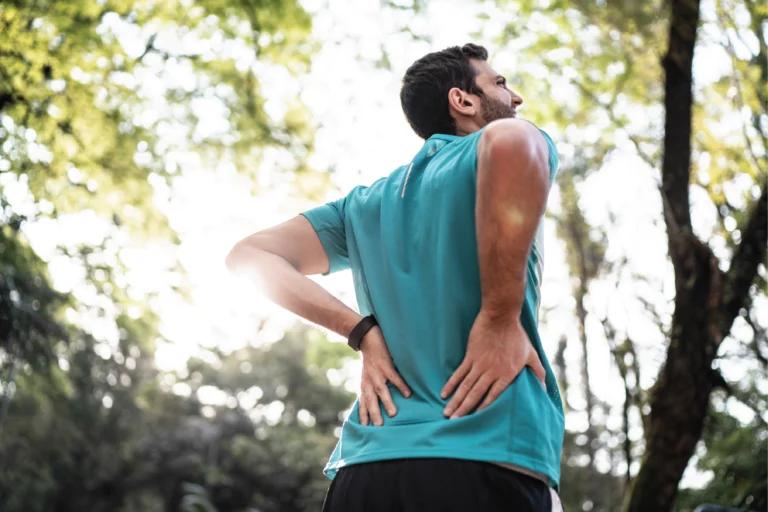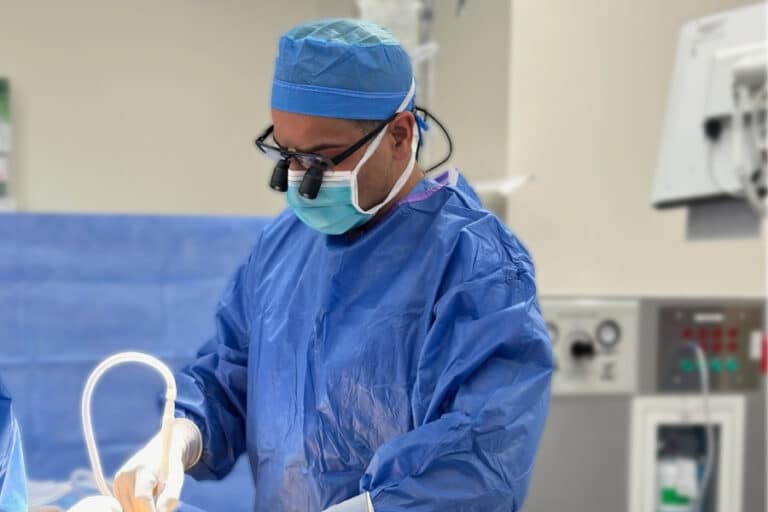Working Together
Finding Solutions
Relieving Pain
The Ultimate Choice For Ultimate Spine Solutions®
Explore Our Resources
Empowering Our Patients Through Shared Knowledge
Blog

Kids’ Backpacks: How Much Is Too Much Weight?
August 29, 2025
See More
Blog

Tips to Manage Migraines in the Summer Heat
August 27, 2025
See More
Blog

Back in the Swing: Golf Pain-Free This Summer
August 26, 2025
See More
Blog

How Summer Heat Can Make Back Pain Worse
August 25, 2025
See More
Blog

Preventing Common Golf Injuries
August 14, 2025
See More
Blog

A Decade of Pain and Medical Dismissal: How Jakki Found Bertolotti Relief
July 29, 2025
See More
Blog

Doctor Debunks Viral TikTok Walking Trends
July 28, 2025
See More
Blog

Medical Gaslighting: A Woman’s Fight to Be Heard and Treated for Her Pain
July 25, 2025
See More
Blog

The Bertolotti Breakthrough: From Suffering to Solution
July 25, 2025
See More
Blog

VSI Doctors Named “Best Spine Surgeons” in DC Magazine’s Best of City 2025
July 23, 2025
See More
Blog

Silent Migraines: The Migraine with No Headache
July 7, 2025
See More
Blog

Painsomnia: The Link Between Pain and Sleep Disruption
July 3, 2025
See More
Blog

How Can Physical Therapy Help Scoliosis?
July 1, 2025
See More
Blog

Loudoun United FC Announces VSI as Official Spine Specialist for 2025 Season
June 26, 2025
See More
News

Groundbreaking Spine Surgery Performed by Dr. Ehsan Jazini Marks New Era in Motion-Preserving Procedures
June 26, 2025
See MoreJoin The Conversation
#MyVSIVictoryStory
Hyperbaric Oxygen Therapy | Spine Surgeon Explains
A Golfer’s Comeback: Life After Cervical Disc Replacement Surgery
National Golf Month Tips from Dr. Thomas Nguyen ⛳️
Peak performance starts BEFORE you step on the pickleball court 🏓 5 tips to improve your game ☝️
Why Migraines Spike in the Summer | Neurologist Explains
The Link Between Dehydration and Back Pain | Dr. Yash Mehta on Fox5 DC
Back Pain in the Summer Heat? Here's How to Protect Your Spine
VSI is the official spine specialist of Loudoun United FC, a professional USL soccer team ⚽️



